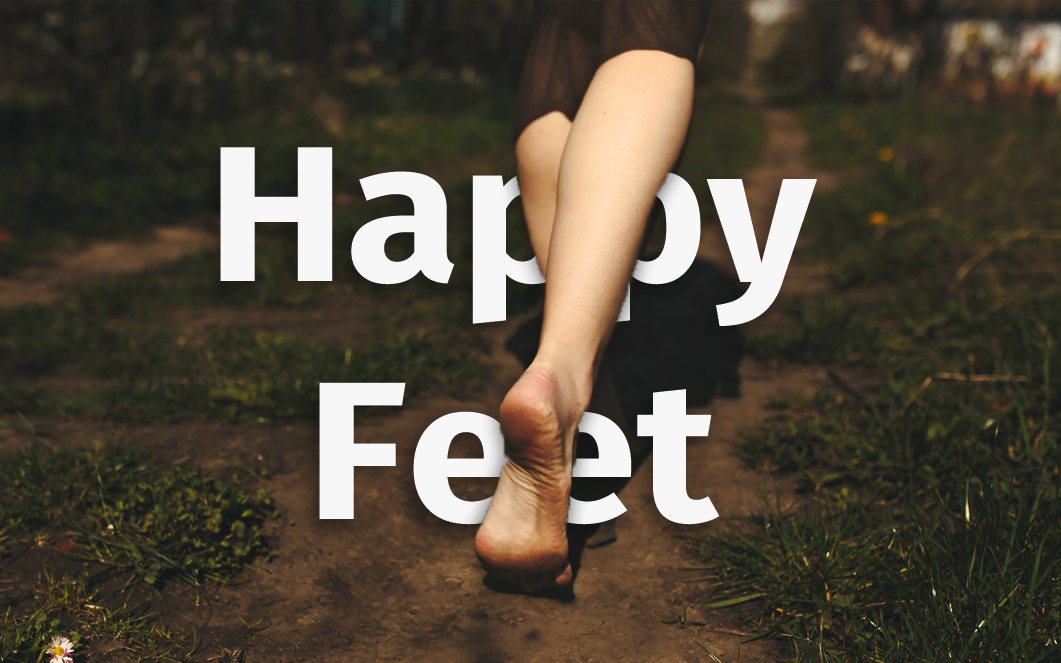
Have you noticed the veins on your legs, abnormally thick, full of twists and turns, or enlarged? They are probably varicose veins. Usually, varicose veins affect the lower legs, but may also be seen in other parts of the body. They are seen more frequently in people who spend a long time standing like teachers, doorkeepers, bus conductors etc. They are also common in pregnant women due to pressure of the enlarging uterus on the veins and in overweight people due to the increased pressure on the lower limbs.
Veins carry blood from different parts of the body back to the heart. They have valves to prevent blood from flowing backwards i.e. in the wrong direction. The leg muscles have a pumping action on veins which helps to move the blood to the heart against gravity. When veins become varicose, the valves no longer work properly. This hampers the upward movement of the blood, allowing it to flow backwards and engorge the vein. Constant engorgement causes the veins to remain swollen and in the long run, they lose their elasticity and become tortuous. Varicose veins are most common in the superficial veins of the legs i.e. those that that are close to the skin surface. Severe long-standing varicose veins can lead to leg swelling, venous eczema, skin thickening and ulceration.
Non-surgical means can prove partly effective in initial stages of varicose veins. But laser or surgical treatment may be necessary in higher stages. Hence, it is important to diagnose and treat them as soon as possible so that pain and discomfort can be avoided.
Here are some basic guidelines you can follow at home, to help attain relief to some extent:
- Wear elastic stockings meant for varicose veins throughout the day; remove them at night before sleeping.
- Maintain a healthy body weight to reduce pressure on the legs.
- Avoid standing for long hours. Try to take regular intervals where you can lie down (preferably with legs elevated)
- Avoid crossing your legs while sitting.
- Keep your legs elevated to reduce swelling. At night, elevate your legs using 2 pillows or a thick folded blanket.
- Low to moderate intensity, regular exercise helps strengthen legs and reduces body weight.
Some other remedies you can try at home are:
- Massage with essential oils such as cypress oil, tea tree oil, lavender oil, peppermint oil, grape seed oil. Grape seed oil can also be used for consumption.
- Have an antioxidant rich diet by including green tea, citrus fruits, berries and green leafy vegetables.
- Cabbage is loaded with vitamin A, C, E, B1, B2, K, potassium, magnesium, calcium, iron, phosphorus, copper, sulfur and fiber. For all these reason, cabbage is a good home remedy for ulcers that you get because of varicose veins.
- Mud packs can be applied. As the mud/clay dries, it contracts and compresses just the same as stockings.
- Marigold (Jhendu) flower can be ground into paste and applied as it contains triturpenes which help to improve tone of the veins.

